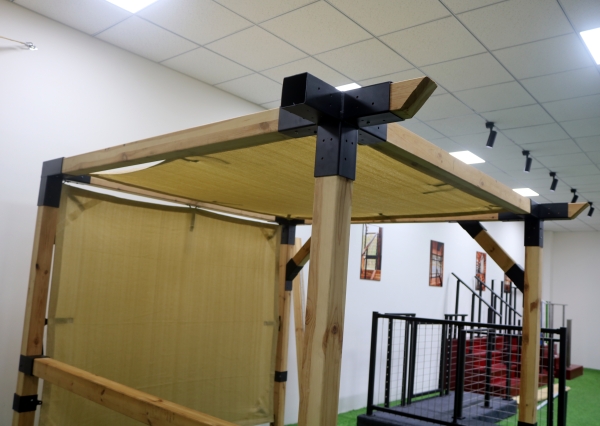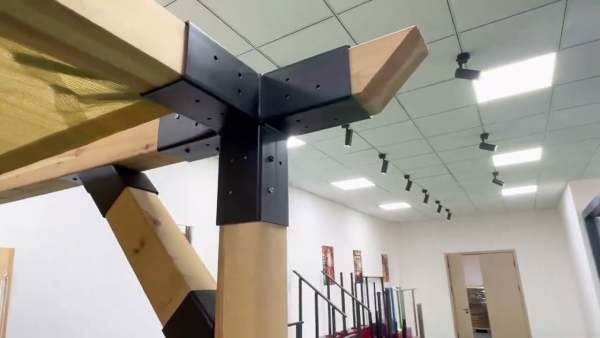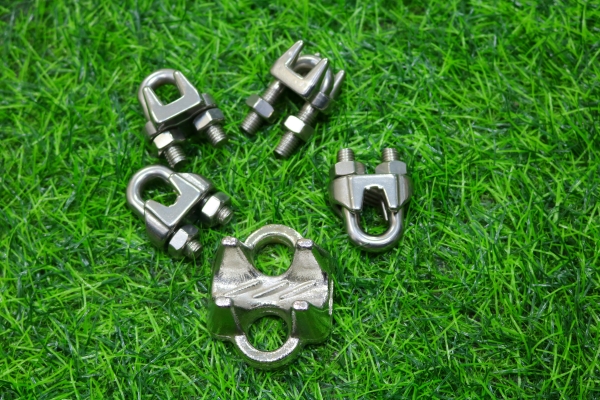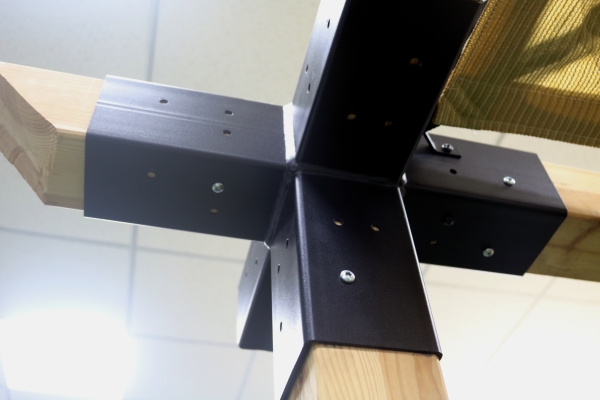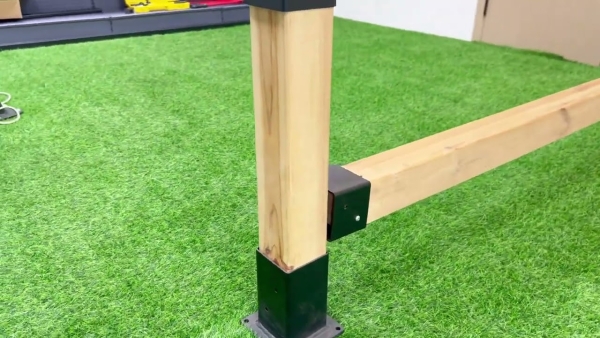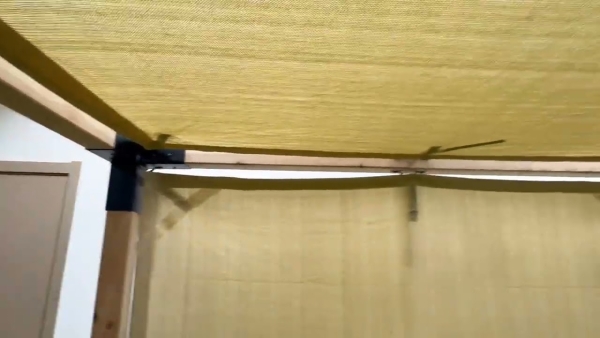Pros and Cons of Different Types of Pergola Lumber
Pergolas are a popular outdoor structure that can add beauty and functionality to any backyard or garden. When it comes to building a pergola, one of the most important decisions you will need to make is what type of lumber to use. There are several different options available, each with its own set of pros and cons. In this article, we will explore the advantages and disadvantages of some of the most common types of pergola lumber.
One of the most popular choices for pergola lumber is cedar. Cedar is a durable and naturally rot-resistant wood that is well-suited for outdoor use. It also has a beautiful natural color and grain pattern that can add a touch of elegance to any outdoor space. However, cedar can be more expensive than other types of lumber, and it may require regular maintenance to keep it looking its best.
Another popular option for pergola lumber is pressure-treated pine. Pressure-treated pine is a cost-effective choice that is treated with chemicals to make it resistant to rot and insect damage. While pressure-treated pine is a durable option, it may not have the same natural beauty as cedar, and some people may be concerned about the chemicals used in the treatment process.
Redwood is another popular choice for pergola lumber. Redwood is a naturally rot-resistant wood that has a rich, reddish-brown color and a beautiful grain pattern. It is also a durable option that requires minimal maintenance. However, redwood can be more expensive than other types of lumber, and it may be more difficult to find in some areas.
For those looking for a more eco-friendly option, bamboo is a sustainable choice for pergola lumber. Bamboo is a fast-growing grass that is renewable and biodegradable. It is also a strong and durable material that can withstand the elements. However, bamboo may not have the same natural beauty as other types of lumber, and it may require more frequent maintenance to keep it looking its best.
In conclusion, there are several different types of lumber that can be used to build a pergola, each with its own set of pros and cons. Cedar is a durable and naturally rot-resistant wood that has a beautiful natural color and grain pattern, but it can be more expensive and require regular maintenance. Pressure-treated pine is a cost-effective option that is treated to resist rot and insect damage, but some people may have concerns about the chemicals used in the treatment process. Redwood is a naturally rot-resistant wood with a rich color and grain pattern, but it can be more expensive and harder to find. Bamboo is a sustainable option that is renewable and biodegradable, but it may not have the same natural beauty as other types of lumber and may require more maintenance. Ultimately, the best type of pergola lumber for your project will depend on your budget, aesthetic preferences, and maintenance requirements.
